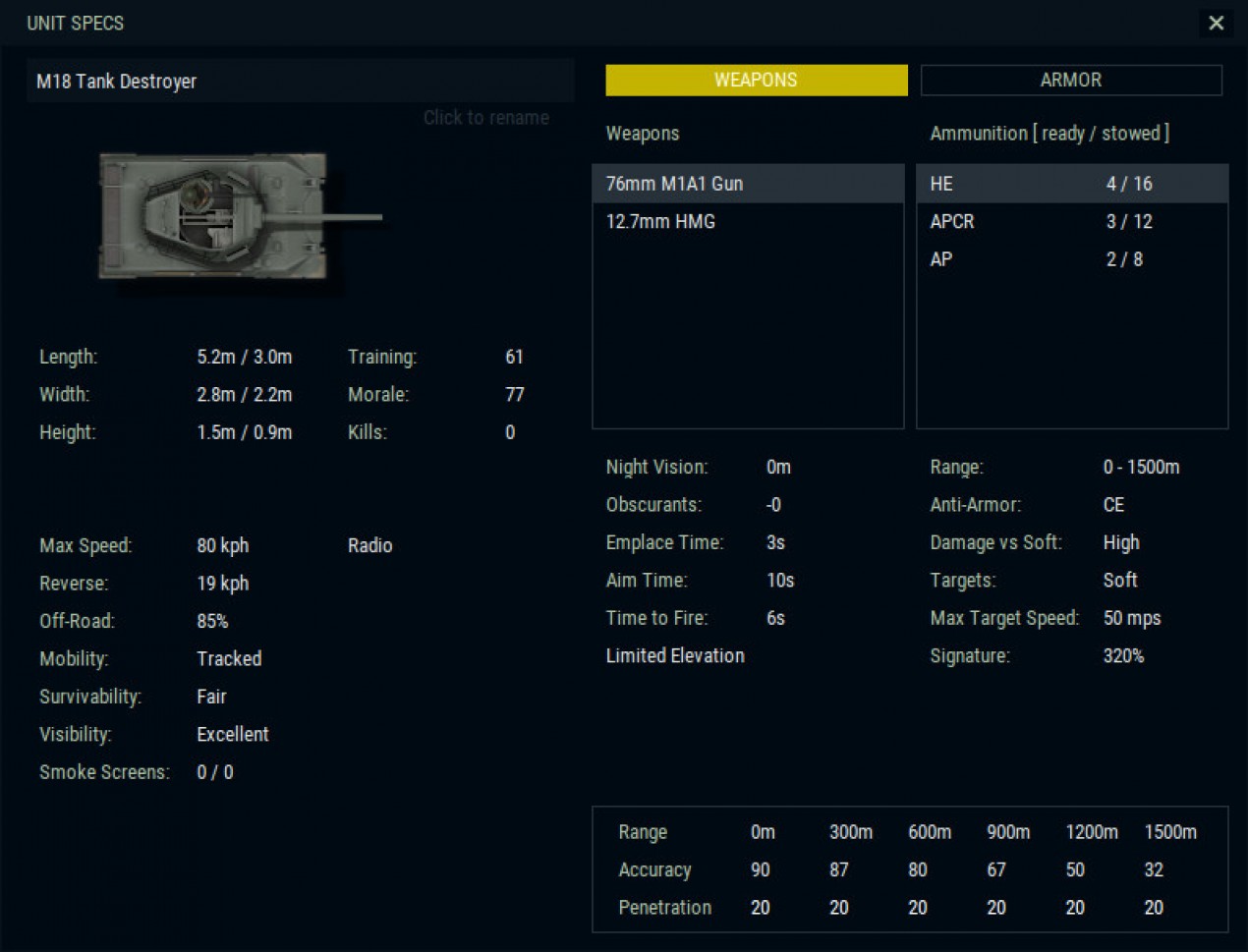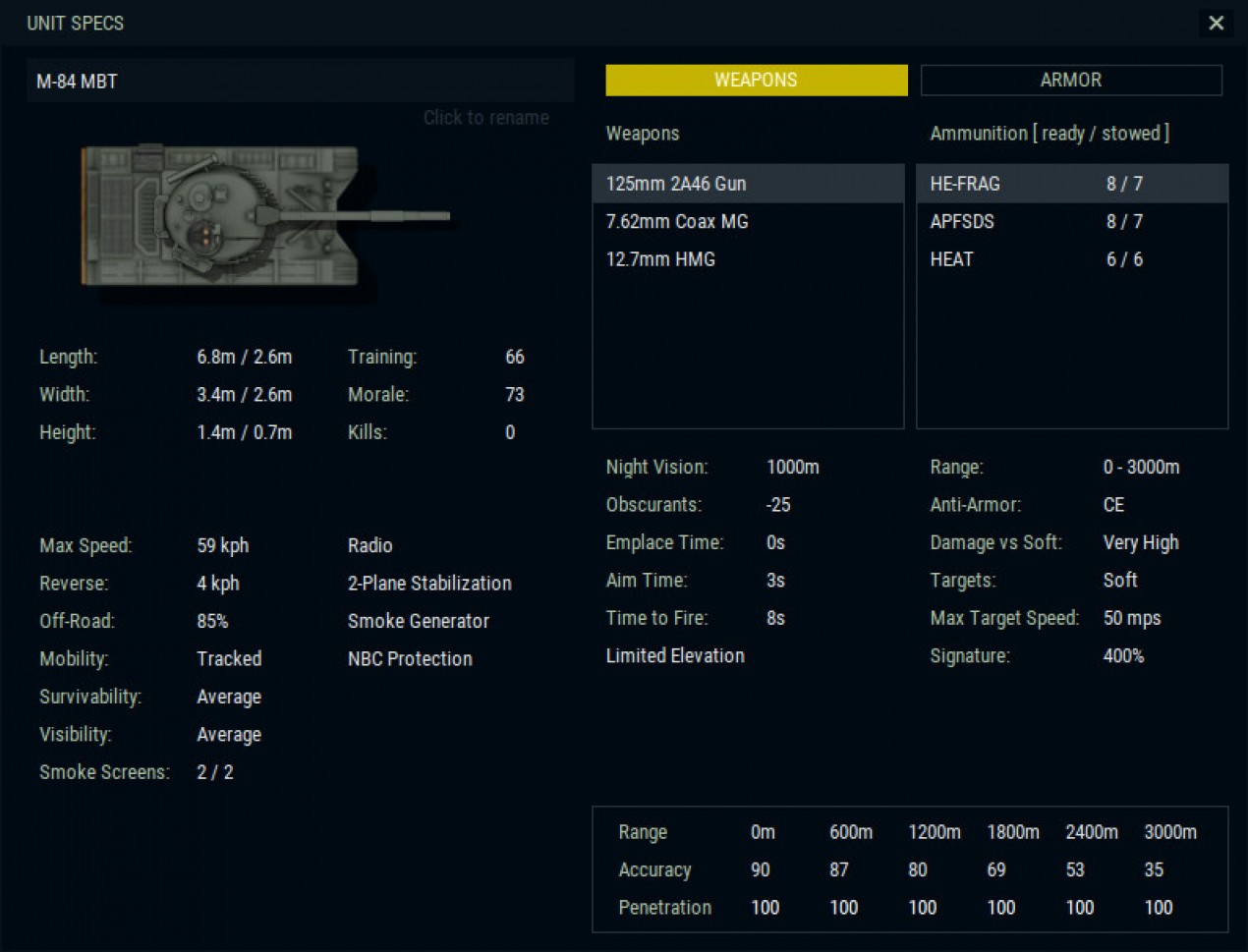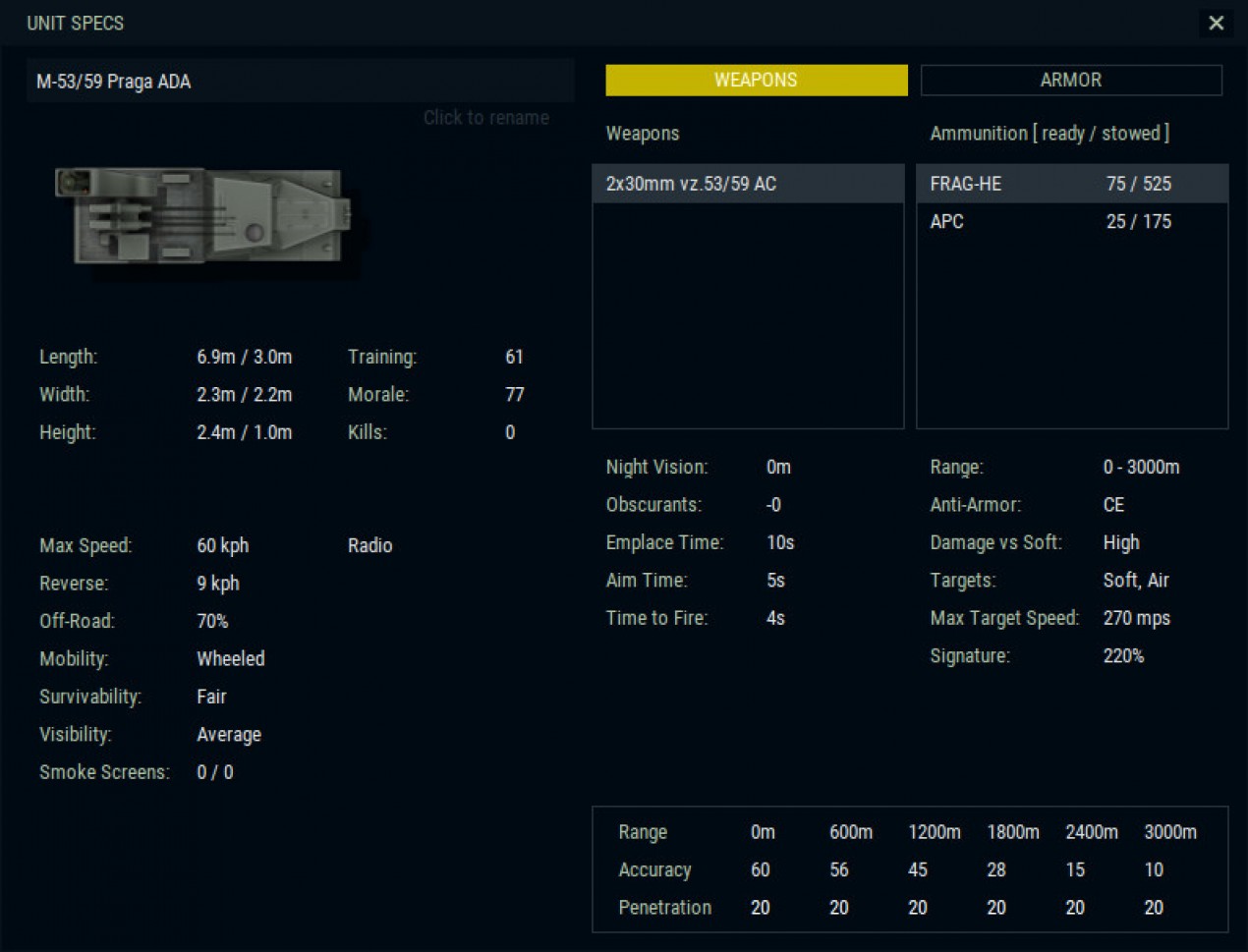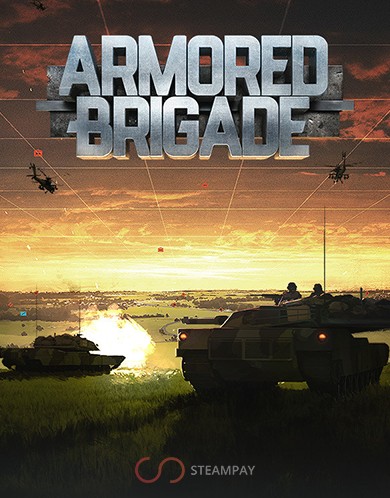After World War II, Italy struggled with negative memories of defeats and mediocre performances, long operating under the stigma of failure and incompetence. The war, as a relic of the past to be forgotten, was explicitly rejected in the Constitution, but the creation of NATO meant that the Italian armed forces were quickly reorganized and expanded in a very different international framework than before. Preparing for a feared invasion from the east, probably via Yugoslavia, Italy played an important role in the Mediterranean. However, the country’s strategic culture, a mixture of realpolitik and pacifist tendencies, seriously influenced its military policy.
The Italian army may at first glance appear underequipped compared to its NATO counterparts. However, it should be noted that they had to defend heavily fortified and largely rugged mountainous terrain on their eastern border. Moreover, the quality of units in different parts of the army varied considerably. Some were better trained or better equipped, such as the famous Alpini mountain troops or the independent armored and mechanized brigades. However, the player may still feel under-equipped or lacking in some areas, so his armored, mechanized or infantry forces should always be reinforced with strong support units. This.
Also meant that a strong emphasis was placed on mobility, flanking and m.
Aking maximum use of cover in the terrain, making for a challenging and dynamic playstyle.
On the other side of the fence was Yugoslavia. Geographically located between the NATO anvil and the Soviet hammer, the prospect of invasion would constantly dominate Yugoslav strategic planning. Particularly after the Warsaw Pact intervention in Czechoslovakia in 1968, Yugoslav military doctrine was aimed at combining a large field army with the experience of the partisans of World War II. In planning, this envisioned the armed forces conducting conventional warfare on a nationwide front, buying time to mobilize reserves and the population. Small territorial defense units would operate alongside the regular forces in their areas, emphasizing mobility and light anti-infantry and anti-armor weapons
Since parity in weaponry with potential opponents, both in quality and quantity, was difficult to achieve, the Yugoslavs tried to use the limited resources of national defense in the most efficient way, rarely if ever squandering even the most obsolete weaponry. The units in the game, as well as the combat tactics, reflect this strategy. Yugoslavia is a very balanced, versatile force that will perform satisfactorily in any area, but will not always excel. Therefore, a combined arms approach is extremely important when facing technologically superior forces. And although the center of gravity of the Yugoslav army is the infantry formations, which are distinguished by great diversity, undemanding logistics and survivability, the armored and mechanized forces are certainly capable of creating difficulties for any opponent.














